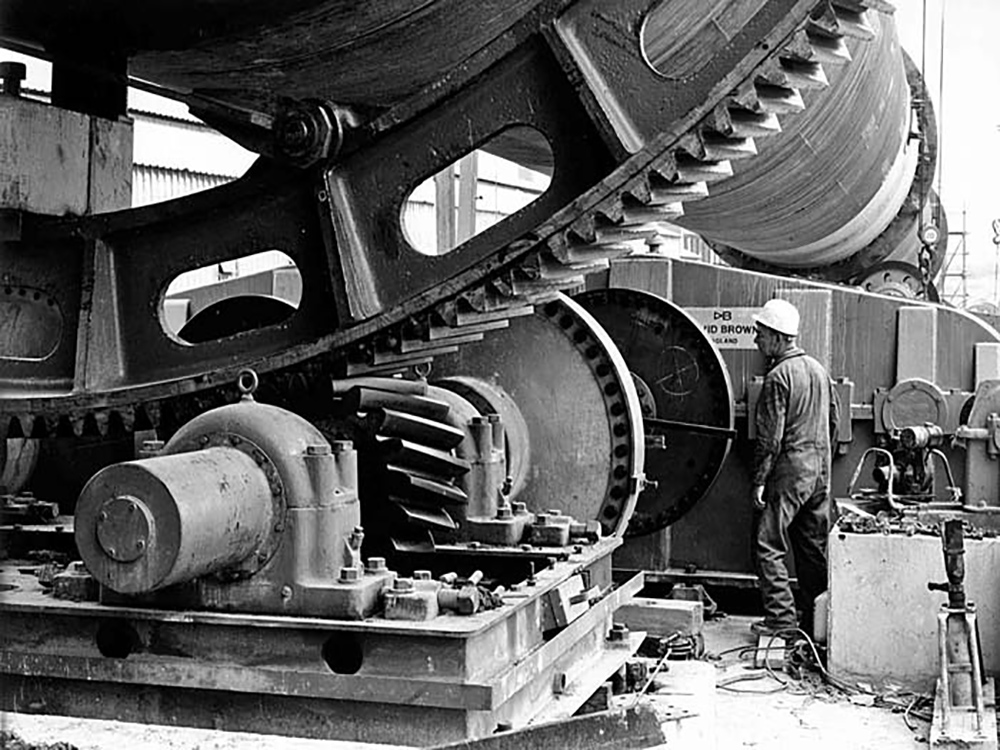
History of Industrial Oils
Before the year, the oil needed to lubricate the wheels of chariots and ... .. sources of animal oils such as whale, cow, pig oil and so on.
There were no vegetable oils and no name as industrial oils, but because of their low resistance and rapid degradation,
And their use was limited. As the industry progressed, new materials needed to be made more capable of friction between moving surfaces.
Reduce it.
And following the oil extraction and rapid development of the oil industry in the year; and the improvement of distillation and refining processes for crude oils (industrial oils)
It was produced and replaced with fatty oils, allowing industrial oils to be used in lubrication and petroleum oils quickly gained their prominence.
Stabilized with other types of oil and as a result, the use of animal, vegetable, fish and ……… oils for lubrication was gradually abolished.
As industry progressed, the need for higher quality oils increased. Initially it was tried by better refining the oil and by adding newer and higher quality additives,
Produce suitable oils with longer lifespan, but again with the increasing needs of life and the advancement of science and technology and human access to new technologies and
Extermination and other requirements required the production of numerous oils by producing and manufacturing industrial oils obtained through complex chemical interactions and interactions.
They come with oils that can withstand a wide range of presses and temperatures for their own applications.
The emergence of nuclear energy has also added to the need for lubricants and oil products. Equipment available in nuclear industries, including
Research Reactors and Power Generators, Fuel Process Machines, Carriers, Radiation Generating Cranes and… ..Industrial Oils and Greases
Have specific organic liquids for lubrication since the nuclear power plant industry is still developing and designed specimens.
Changing operating conditions are a long way ahead for engineers and researchers in the construction of industrial oils, lubricants and greases.
Is.
Petroleum based industrial oils
Oil-based industrial oils A wide range of industrial oils for domestic and industrial machinery and uses
They have the public. Industrial oils are usually obtained in crude oil distillation furnaces and by adding harmful elements such as sulfur and phosphorus and adding elements.
Which improves the oil properties, such as the addition of substances that maintain oil resistance at elevated temperatures, which add to the viscosity stability.
Oil-based industrial oils maintain their physical and chemical properties under various operating conditions.
Vegetable based industrial oils
Plant based industrial oils As the name implies, they are derived from the processing of specific plants such as (castor, mustard and rapeseed).
Plant-based industries are processed and produced with additives that improve the properties of plant-based oils.
Application of industrial oils
Industrial lubricants are usually subdivided into industrial lubricants for light work and industrial lubricants for medium to heavy work,
And so light oils with a viscosity of 1 to 2 centimeters are one centimeter equals one millimeter per second - in the temperature range of 4 degrees.
Celsius and melting is -5 degrees Celsius. And these lubricants are suitable for high speed and low load lubrication machines
For textile machines are for manufacturing and manufacturing machines such as lathe, milling, CNC.
Moderate industrial oils with a viscosity of 1 to 2 ° C at temperatures below 0 ° C for lubrication
Medium speed machines and medium loads are used, industrial oils for medium loads are more suitable for devices such as
Printing machines are hydraulic machines and more.
Heavy duty industrial oils with a viscosity of 1 to 2 ° C at 2 ° C for lubrication of industrial equipment at low speeds
It is used under heavy loads such as spiral gears and drilling machines and so on.
Return to news list
